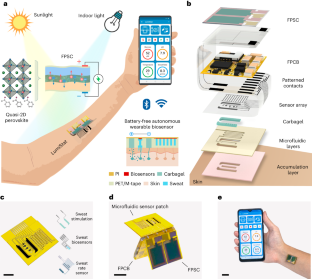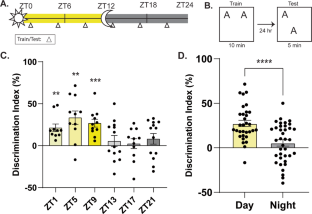2023-07-20 テキサス大学オースチン校(UT Austin)
◆研究は、人間の骨格が進化の過程でどのように変化したかを理解する一方、医学の分野で革新的な手法を提供しています。特定の遺伝子と骨格比率の関連性を明らかにすることで、将来的にはより適切な診断と治療が可能になると期待されています。
<関連情報>
- https://news.utexas.edu/2023/07/20/genes-that-shape-bones-identified-offering-clues-about-our-past-and-future/
- https://www.science.org/doi/10.1126/science.adf8009
ヒト骨格の遺伝的構造と進化 The genetic architecture and evolution of the human skeletal form
Eucharist Kun,Emily M. Javan,Olivia Smith,Faris Gulamali,Javier de la Fuente,Brianna I. Flynn,Kushal Vajrala,Zoe Trutner,Prakash Jayakumar,Elliot M. Tucker-Drob,Mashaal Sohail,Tarjinder Singh, and Vagheesh M. Narasimhan
Science Published:21 Jul 2023
DOI:https://doi.org/10.1126/science.adf8009

Editor’s summary
Many skeletal changes occurred on the path to modern humans, resulting in bipedalism but also susceptibility to musculoskeletal diseases. Kun et al. used imaging data from more than 30,000 UK Biobank participants to characterize skeletal proportions, assessing the genetic basis of these features, as well as their relationships to each other. They found that limb proportions are uncorrelated with body width proportions, that there are associations between hip- and leg-related skeletal proportions and osteoarthritis, and that there is enrichment for loci associated with skeletal proportion in genomic regions associated with human-specific evolution. This study demonstrates the utility of using imaging data from biobanks to understand both disease-related and normal physical variation among humans. —Corinne Simonti
Structured Abstract
INTRODUCTION
Humans are the only bipedal great apes, owing to our distinctive skeletal form. Morphological changes that contribute to our skeletal form have been studied extensively in paleoanthropology. With the exception of standing height, examining the genetic basis for differential and specific growth of individual bones and their evolution has been challenging because of limited sample sizes.
RATIONALE
One approach to studying skeletal form is to obtain a map of regions in the genome that affect skeletal development and morphology. Previously, this has been examined mainly through animal models and comparative genomics, but these approaches are largely low throughput. A complementary approach is to examine the genetic basis of variation in skeletal traits in humans. In this work, we applied deep-learning models to 31,221 full-body dual-energy x-ray absorptiometry (DXA) images from the UK Biobank to extract 23 different image-derived phenotypes that include all long-bone lengths and hip and shoulder widths, which we analyzed while controlling for height.
RESULTS
All skeletal proportions (SPs) are highly heritable (~30 to 50%), and genome-wide association studies of these traits identified 145 independent loci. These loci are enriched in genes that regulate skeletal development as well as those that are associated with rare human skeletal diseases and abnormal mouse skeletal phenotypes. Genetic correlation and genomic structural equation modeling indicated that limb proportions exhibited strong genetic sharing but were genetically independent of width and torso proportions. Phenotypic and polygenic risk score analyses identified specific associations between osteoarthritis of the hip and knee, which are the leading causes of adult disability in the United States, and SPs of the corresponding regions. We also found genomic evidence of evolutionary change in arm-to-leg and hip-width proportions in humans, consistent with notable anatomical changes in these SPs in the hominin fossil record. In contrast to cardiovascular, autoimmune, metabolic, and other categories of traits, loci associated with these SPs are significantly enriched both in human accelerated regions and in regulatory elements of genes that are differentially expressed in humans and the great apes throughout development.
CONCLUSION
Our work validates the use of deep-learning models on DXA images to identify specific genetic variants that affect the human skeletal form. It also ties a major evolutionary facet of human anatomical change to pathogenesis.


